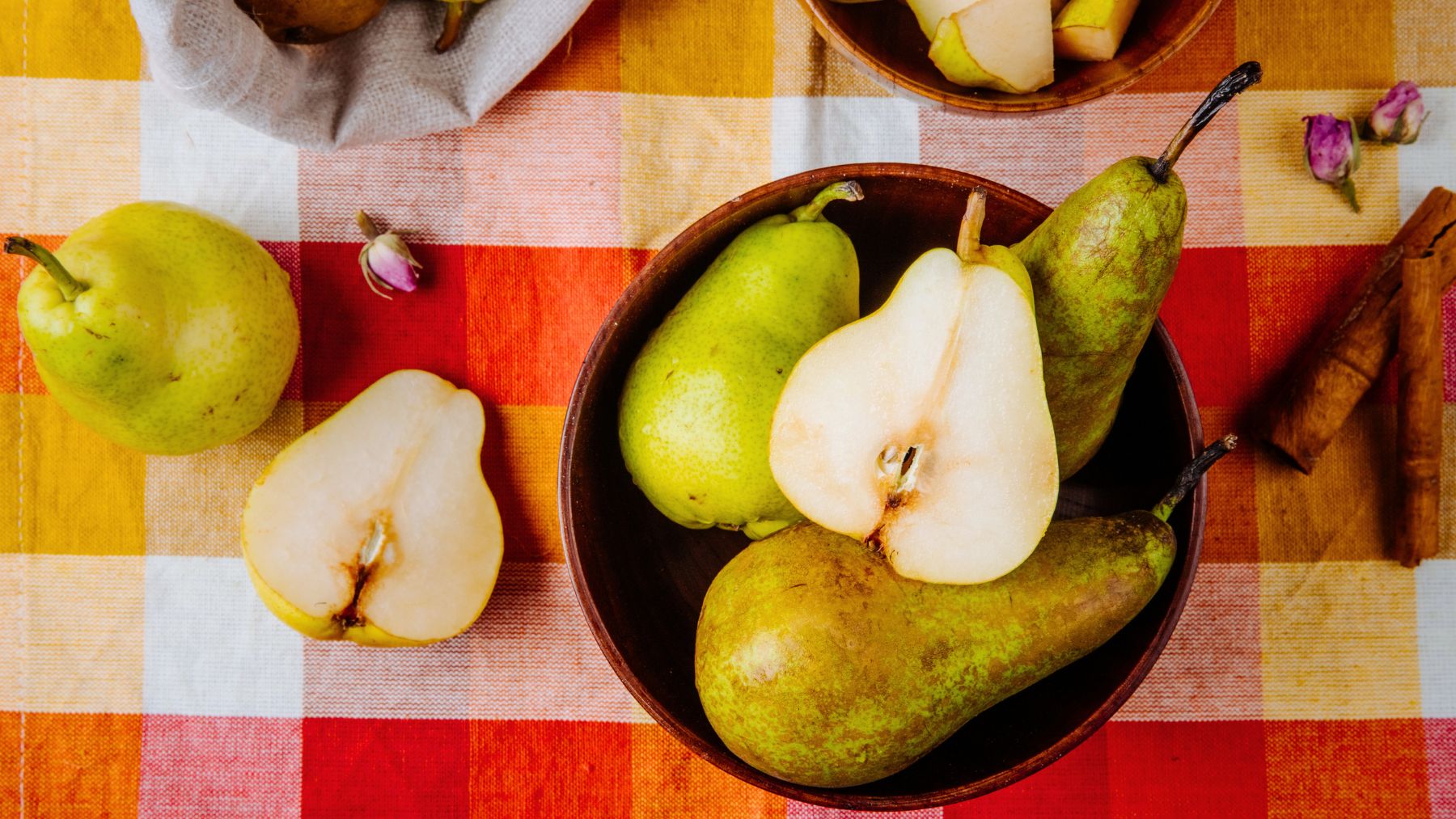Pears are exceptionally juicy and sweet, but their delicate nature demands careful handling and storage, similar to strawberries. Simply tossing them into a fruit bowl or placing them immediately into the refrigerator often leads to disappointing results—mushy textures or fruit that never fully ripens as expected. There is, however, a more thoughtful approach to preserving their optimal flavor.
Mastering pear storage requires understanding their sensitivity to ethylene gas, a natural plant hormone, and their essential need for proper airflow. Here, we’ll explore the timing and methods for using your refrigerator and practical strategies to avoid common mistakes when storing your pears. Let’s begin.
Storing pears: The fridge is your friend (but only after ripening)
Your refrigerator is a vital tool for sustaining the freshness of pears, but correct timing is crucial. Never place firm, unripe pears directly into the fridge because cold temperatures can completely arrest their natural ripening process. Instead, allow the firm fruits to rest on your countertop, away from direct sunlight, heat sources, and other influences like ambient humidity, for a day or two.
Monitor the neck near the stem each day, as a slight softness in that area typically signals that the fruit has reached its peak readiness. Once your pears yield gently near the stem, transfer them to the refrigerator to lock in their perfect ripeness for several extra days. Arrange them in a single layer rather than stacking, as pressure from piled fruits often causes bruising and expedites spoilage in those at the bottom.
Avoid using sealed plastic bags or airtight containers because, as pears ripen, they emit ethylene gas. Trapping this gas without proper ventilation only accelerates decay. Instead, store them loosely in the fridge’s crisper drawer, or if you must contain them, use a paper bag with a few small holes punched in it to allow air circulation.
Smart tips for longer-lasting pears
Proper timing is only one part of maintaining the quality of your pears. A few additional practices can significantly extend their shelf life:
- Keep them separate: Ensure that ripening or fully ripe pears are stored away from strong ethylene producers such as apples, bananas, avocados, or tomatoes. You can use a separate bowl on the countertop or designate a distinct spot in the refrigerator crisper drawer.
- Rescue cut pears: When you have sliced more pears than you can consume immediately, prevent browning and maintain their freshness by lightly tossing the slices with a splash of lemon juice or briefly immersing them in lightly salted water. Then place the slices in a covered container in the refrigerator, where they will remain palatable for an extra day or two.
- Adjust for seasons: Fruit ripening accelerates during warmer months due to higher ambient temperatures and increased ethylene production. In peak summer, check your counter-ripened pears more diligently. If you don’t plan to eat them immediately on a hot day, move them to the refrigerator sooner rather than later. During cooler spring or fall days, the milder conditions allow for a bit more counter time.
By adhering to these methods, you will experience less wasted fruit and more enjoyment from every sweet, juicy pear you bring home. The key is to respect the fruit’s delicate nature and provide the right conditions at precisely the right time, ensuring that each pear maintains its optimal flavor and texture.

